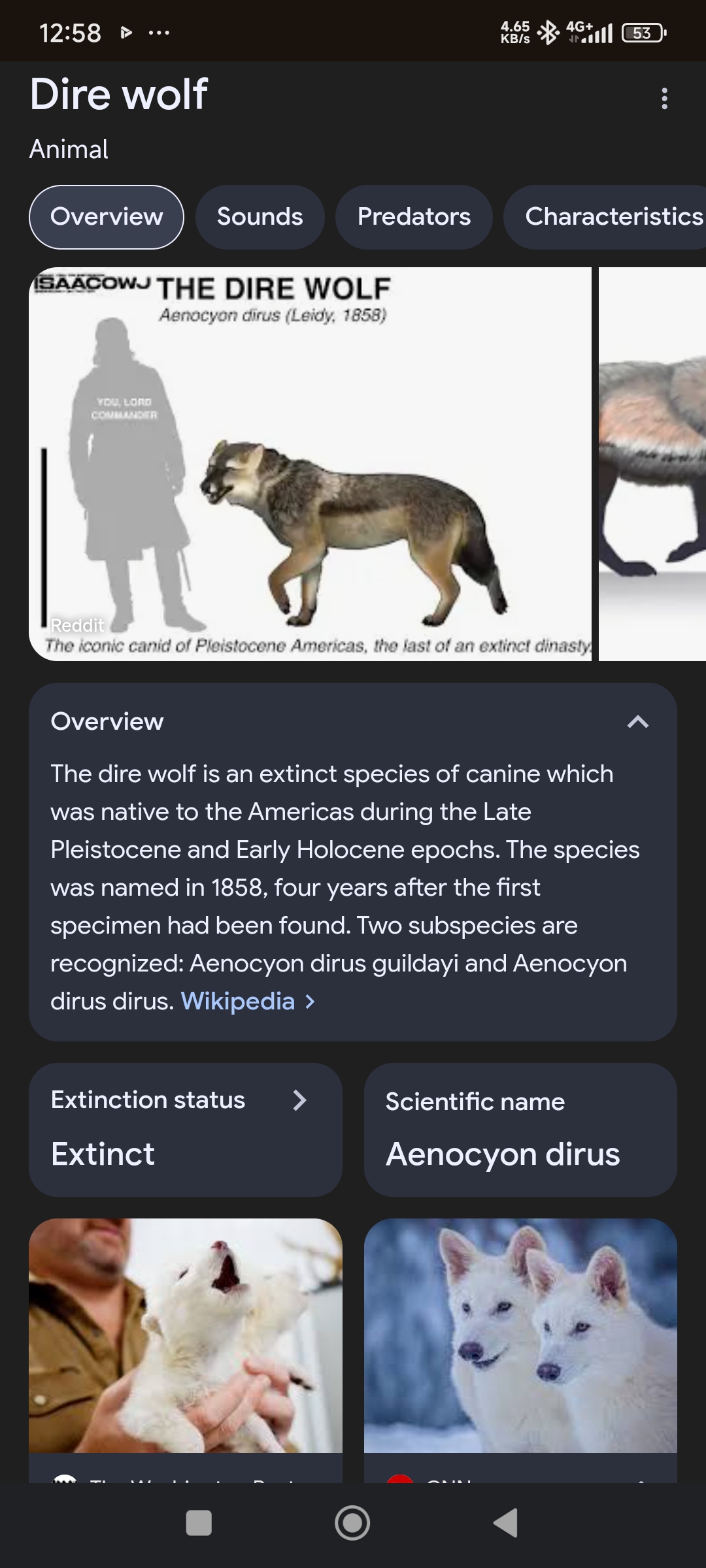Dire Wolf Revival: Colossal Biosciences’ Breakthrough
The dire wolf, a formidable predator that roamed North America during the Pleistocene epoch, has long captured the imagination of scientists and the public alike. Now, Colossal Biosciences, a biotechnology company renowned for its ambitious de-extinction projects, is setting its sights on bringing this iconic creature back to life. Utilizing cutting-edge genetic engineering techniques and leveraging advancements in ancient DNA analysis, Colossal Biosciences aims to contribute to the restoration of ecosystems and advance our understanding of evolutionary biology through the dire wolf revival initiative.
Dire Wolf De-Extinction: Colossal Biosciences’ Initiative
Colossal Biosciences’ decision to pursue the de-extinction of the dire wolf represents a significant expansion of their portfolio, which already includes efforts to resurrect the woolly mammoth and the Tasmanian tiger. The initiative hinges on the premise that reintroducing a keystone predator like the dire wolf could have positive impacts on the ecosystems it once inhabited. The company envisions a future where reintroduced dire wolves contribute to controlling prey populations, promoting biodiversity, and restoring ecological balance in carefully selected and managed environments. This ambitious project underscores Colossal Biosciences’ commitment to utilizing biotechnology for conservation purposes and pushing the boundaries of what is scientifically possible.
Genetic Insights Fueling Dire Wolf Revival Efforts
The dire wolf de-extinction project relies heavily on understanding the genetic makeup of the extinct species. While complete, high-quality dire wolf genomes are still limited, scientists have been able to extract and analyze ancient DNA from well-preserved fossil specimens. These genetic insights are crucial for identifying the closest living relatives of the dire wolf, which are distinct from modern gray wolves despite their similar appearance. By comparing the dire wolf genome to those of extant canids, researchers can pinpoint the genetic differences that define the dire wolf’s unique characteristics. This information is then used to guide the genetic engineering process, where specific genes from the dire wolf are introduced into the genome of a surrogate species, ultimately aiming to create an animal that closely resembles the extinct predator.
The dire wolf de-extinction project undertaken by Colossal Biosciences represents a bold venture into the realm of conservation biotechnology. While significant challenges remain, the potential benefits of reintroducing this keystone species to carefully managed ecosystems are considerable. The success of this initiative will not only depend on overcoming technical hurdles but also on addressing ethical considerations and ensuring the long-term well-being of the resurrected dire wolves within their new environments. The project promises to advance our understanding of evolutionary biology, ecological restoration, and the potential of biotechnology to address pressing environmental challenges.






